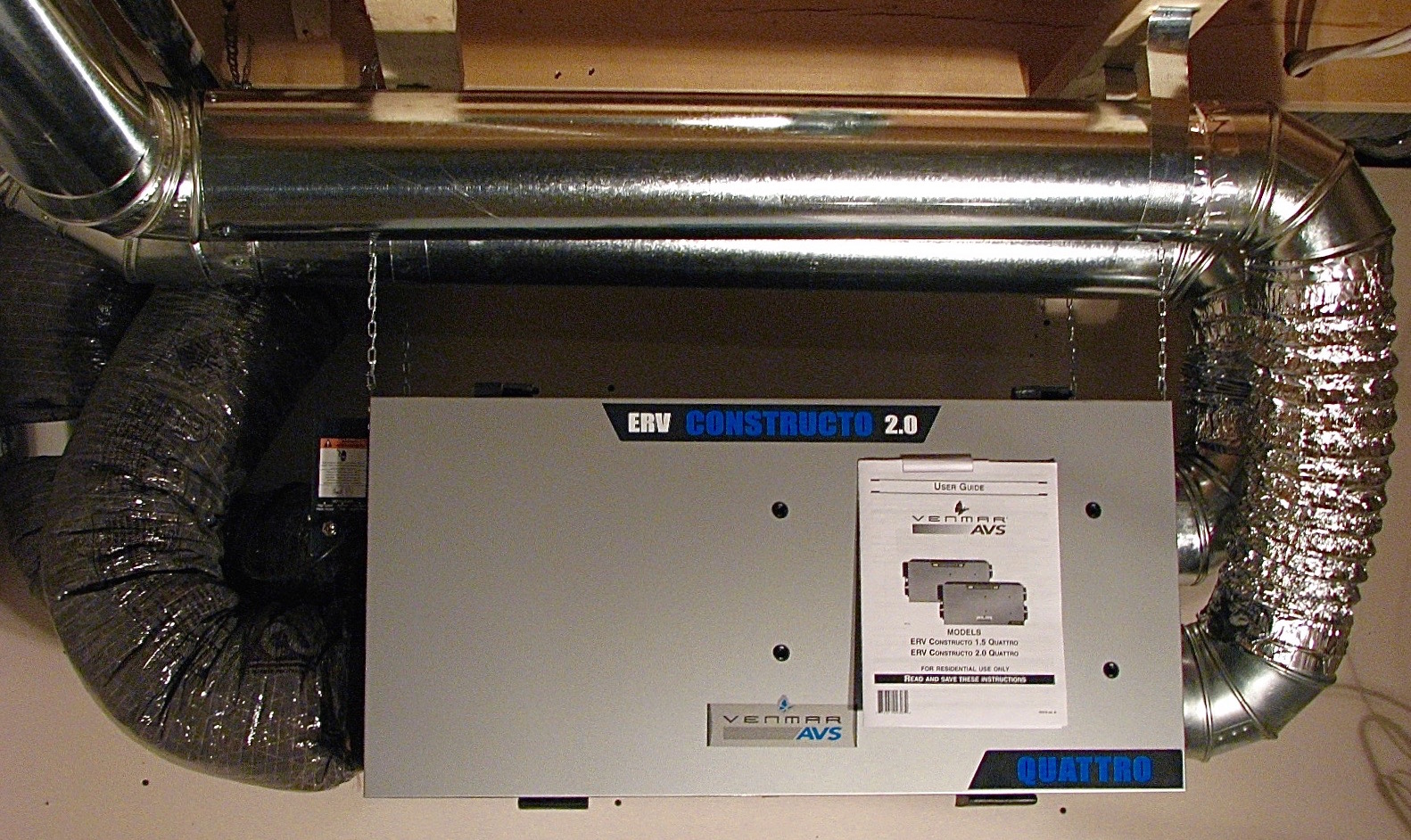HRV Explained: Everything You Should Know
The All-Inclusive Overview to the Uses of Heat Recovery Ventilation in Modern Buildings
Heat Recovery Ventilation (HRV) systems stand for a considerable advancement in constructing technology (HRV Heat Recovery Ventilation). They give a technique for exchanging stagnant indoor air with fresh outside air while reducing power loss. This method not just enhances interior air quality yet also adds to energy effectiveness in both residential and industrial buildings. Recognizing the various applications and benefits of HRV can expose its essential function in modern layout and sustainability initiatives. The implications of this innovation deserve discovering additionally
Recognizing Heat Recovery Ventilation Systems

Lots of modern buildings prioritize energy effectiveness, comprehending warmth recovery ventilation (HRV) systems is vital for enhancing interior air top quality and reducing energy consumption. HRV systems work by transferring warm from stale indoor air to inbound fresh air, successfully preserving comfortable interior temperature levels while decreasing energy loss. These systems contain a warm exchanger, fans, and ductwork that help with the circulation of air. Throughout winter months, HRV systems capture and reuse warmth from the outgoing air, while in summertime, they can aid cool down inbound air. By constantly exchanging air, HRV systems likewise decrease moisture and the focus of indoor contaminants. Proper installment and upkeep of HRV systems are necessary for their efficiency and effectiveness in improving general building efficiency and comfort.
Advantages of Heat Recovery Ventilation
Heat recovery ventilation systems use various benefits that enhance both energy effectiveness and indoor air quality in contemporary structures. By capturing and recycling energy from exhaust air, these systems considerably lower heating & cooling expenses, resulting in reduced power usage. In addition, they preserve a steady circulation of fresh exterior air, decreasing the threat of indoor air contaminants and allergens. This continual exchange helps manage humidity levels, stopping mold development and making certain a healthier living environment. Additionally, HRV systems add to sustainability goals by decreasing total carbon footprints. Their capacity to optimize air flow without giving up thermal convenience makes them a beneficial addition to contemporary building style, advertising both financial and environmental advantages.
Applications of HRV in Residential Structures
As property owners significantly focus on power efficiency and indoor air top quality, the applications of warm recovery air flow (HRV) systems in domestic buildings have actually become more common. HRV systems are specifically useful in tightly secured homes, where preserving fresh air blood circulation is crucial for stopping moisture accumulation and indoor toxins. They visit here effectively move warmth from outbound stagnant air to incoming fresh air, decreasing power costs related to cooling and heating. Additionally, HRVs can enhance convenience levels by controling moisture and temperature level. They are also versatile for various domestic styles, consisting of single-family homes and multi-unit buildings. In general, integrating HRV systems supports sustainable living techniques while making certain a much healthier indoor environment for residents.
HRV in Business and Industrial Settings
In business and commercial setups, the application of heat recuperation ventilation (HRV) systems has actually ended up being increasingly crucial for optimizing power performance and maintaining air quality. These systems properly transfer heat from exhaust air to incoming fresh air, decreasing the need for additional heating or cooling. This not just reduces energy costs yet likewise adds to sustainability campaigns. Industries such as production, warehousing, and office complex benefit considerably from HRV systems, as they assist regulate temperature level and humidity levels, making certain a comfortable and Continue productive atmosphere. HRV systems help in removing contaminants and excess dampness, enhancing interior air high quality. As laws around air high quality become more stringent, the fostering of HRV modern technology is likely to grow, making it a crucial part of contemporary industrial and industrial infrastructure.
Future Fads in Heat Recovery Ventilation Modern Technology

Frequently Asked Concerns
Just How Does Heat Recovery Ventilation Influence Indoor Air Top Quality?
Heat recovery ventilation greatly enhances interior air top quality by continually trading stale interior air with fresh outside air while recuperating energy. This procedure decreases pollutants, preserves optimal humidity levels, and assures a much healthier atmosphere for residents.
Can HRV Systems Be Installed in Existing Buildings?
HRV systems can undoubtedly be set see page up in existing structures. Retrofitting might need adjustments to ductwork and ventilation formats, however it considerably boosts power effectiveness and indoor air top quality, making it a practical alternative for older frameworks.
What Upkeep Is Required for HRV Equipments?

Are There Specific Climates Where HRV Is Much More Effective?
Heat recovery ventilation systems are particularly effective in environments with substantial temperature differences in between periods. These systems enhance energy performance by recuperating heat from exhaust air, making them perfect for both cool and moderately cozy atmospheres.
Just How Do HRV Solutions Affect Energy Expenses?
